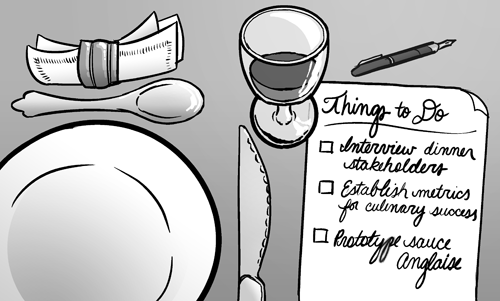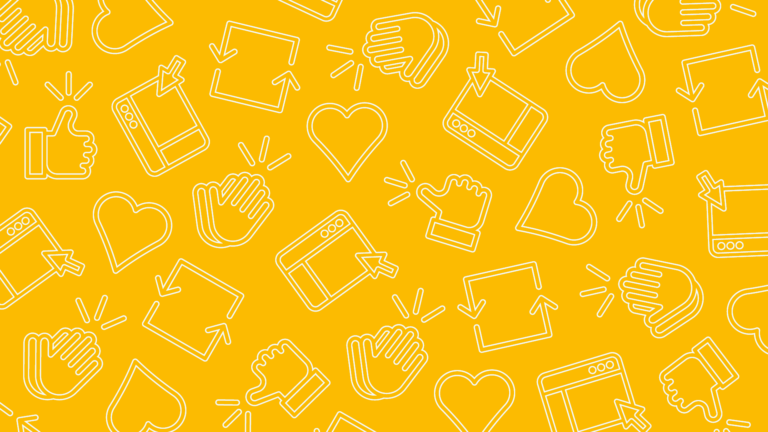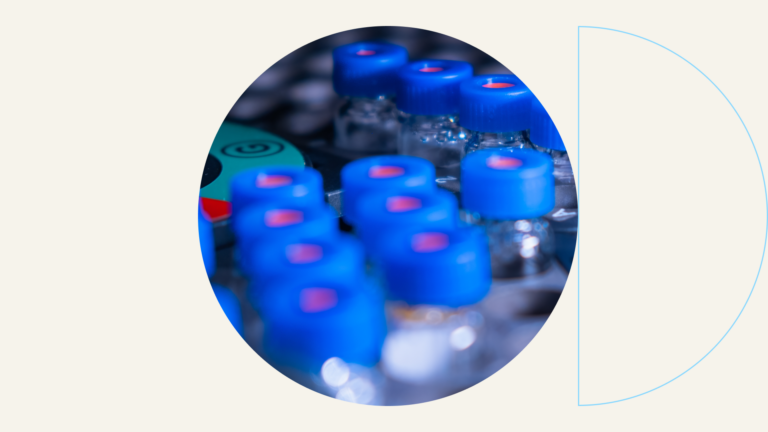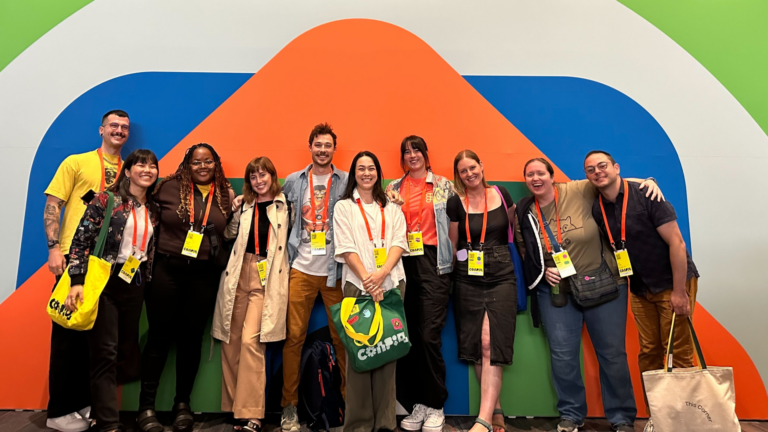We Are All Experience Designers

My wife has often asked me how best to describe what I do when others ask, and I don’t blame her for the frustration when my answer is different every time.
I’ve only half-joked that the best thing to do might just be to send people to the regularly updated Wikipedia page for Experience Design and see if that does the trick. But actually, it’s simpler than that.
Recently we were having our cable service upgraded, and I wasn’t able to be home at the time they allotted for the technician so it was just my wife and my daughter. I wasn’t particularly thrilled with the idea of a strange guy in the house with them while I wasn’t home. My wife is not someone you’d want to mess with, so I was more afraid for any potential offender than for her.
Anyway, when I came home and asked how things went, she said it ended up being fine but she didn’t like hearing someone slamming around in the basement and wondering if he was legit or some crazed murderer with a stolen van and convincing coveralls. But instead of simply saying, “this sucks,” she thought about how to make it not suck. Her simple and elegant solution involved workers needing to present credentials before being let in that could then be cross-checked in real time with the head office via various devices. This included visual confirmation cues on smartphones, rolling codes, and other ideas, topped off with various additional ways of providing feedback and ensuring safety throughout and after the process (yes, she is that awesome). When she was finished I said, “OK, that’s what I do for a living.”
I’ve also thought about how to simplify explaining the process, and I like the metaphor of having a dinner party. The host must decide what food to serve, what music to play, how many chairs to bring up from the basement, whether they’ll have everyone out on the back porch or in the dining room, what kind of drinks they’ll need to have on hand, contingencies for various occurrences, and any number of additional things. They are designing an experience for their guests with the hope of eliciting a positive outcome, and there’s a lot that goes into it. Whether it’s a dinner party or an enterprise-wide intranet, the backbone is essentially the same.
- Who’s coming to dinner? What are their preferences, likes, dislikes, backgrounds?
- What will the weather be? Is it a weeknight or a weekend?
- Maybe best to ask them what sounds like fun to them—games? Dancing? A movie? Or maybe just drinks out on the deck?
- You’re not going to test out that recipe you’ve never tried before on them, right? So you prototype it first… have your significant other give it a test run, and then make some refinements or pick a tried-and-true meal before the big event.
- Once you’ve got the plan, you need to make all of the food, set everything up, and go about executing it.
- During the event, you’re keeping tabs on how people react to the food, the ambience, and the entertainment and making adjustments and mental notes for next time.
- Afterward, you’re eager for feedback and want to hear what worked and what didn’t, and that’s definitely going to influence your next party.
In the end, of course formal design training and experience will qualify you to work on the kinds of complex projects that professionals tackle. But every day, thoughtful folks from all walks of life all over the world practice the essence of experience design in a million little ways. It’s universal, it’s timeless, and it’s an incredibly rewarding way to make a living.




